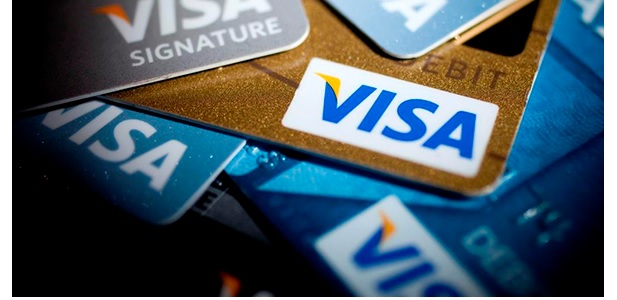
In payments, to gain technology, reach and new use cases (and, sometimes, all of the above at once), the debate has always boiled down to “build or buy.” To that end, Visa has taken the “buy” path, and said last week that it gained control of Earthport, having bought the U.K.-based firm for a reported $257 million in a deal announced late last year.
Earthport offers cross-border payment services to banks, money transfer service providers and other businesses through the largest independent ACH network. The companies said in a press release last week that the deal will boost Visa Direct’s pantheon of use cases, with Visa noting that the transaction count growth over the last 12 months has been more than 100 percent.
The acquisition, Bill Sheley, head of global push payments at Visa, told www.pymnts.com, helps move Visa “beyond the card” and, writ large, helps the payments giant to embrace a “two-account disbursement model.” He added that global reach remains especially important in the disbursements business, where Visa now has a presence, moving money to consumers and firms in a manner that is truly ubiquitous.
The combination of Visa and Earthport, he said, promotes “the ability to move money globally and efficiently, and at scale, making it simple for originators, [treasury banks and service providers] to do all this through a single connection. … These are really all the little ingredients that are swirling around as part of this particular acquisition.”
Sheley noted that, moving forward, the combined entity can help banks add value, cement long-standing relationships with clients and help FinTech firms as they make efforts to get up and running with cross-border payments.
Card credentials remain the basis of the Visa network, according to the executive, and “are sitting in front“ of about 60 percent to 70 percent of banks, consumers and small businesses globally. As he told Webster, “when you combine Earthport and Visa, we now stand in front of virtually 100 percent of the globe in terms of a reach equation,” with what he termed “bank-grade-type compliance and risk management in the operating structure provided by Visa’s network.”
Single Point Of Connection
In an effort to sidestep what Webster tongue-in-cheek termed as the “mosh pit” of different payment rails, Sheley noted that, amid the complexity of the ever-evolving financial system (where $80 trillion is sent through wire transfers and bank accounts), the simplicity offered to originators by “plugging into one spot” through an API streamlines processes.
These firms and providers no longer need to go through “50 operating environments to manage currencies and local rails. … We can be the network of networks with interconnection between all of the financial systems across the globe,” Sheley said. “That’s what we are driving [toward]. This is a business that we’ve been in for 50 years, and we do it at scale.”
The company will also continue to work with providers, where there are payment-operating models focused on local jurisdictions, he told Webster.
What’s On Offer
Delving into the types of transactions powered by the acquisition, Sheley detailed a number of classifications, including high-value payments and low-value, high-velocity payments. “High-value payments are going to be the supplier management systems between big companies and middle-market companies. That’s B2B Connect,” he said. Low-value payments, marked by high velocity, he continued, are typically P2P remittance, B2C disbursements and payroll, where ticket sizes are $50,000 and below.
“If you are a treasury bank, you have to operate in both of those spaces,” he explained. “Then, you also have a bunch of third-party services and bank models that supply those types of payments on behalf of [businesses, consumers] and governments. Use cases extend across online marketplaces, gig economy payroll payments, cross-border remittances, loan payouts and insurance disbursements, to name a few.”
He noted, too, that the combination offers fund recipients flexibility in how they want to be paid.
“Essentially, we are trying to answer a very simple question,” he said,” which is ‘how do you want to get paid?’ We are building this universal API that sits on the front end and, depending on where you live, you can answer that question a number of different ways. I can put a card credential in, I can put an account credential in, I can put a wallet credential in — and, now, the Visa network will be able to fulfill on all of those, and be able to move the money,” Sheley said.
Banking 4.0 – „how was the experience for you”
„To be honest I think that Sinaia, your conference, is much better then Davos.”
Many more interesting quotes in the video below: